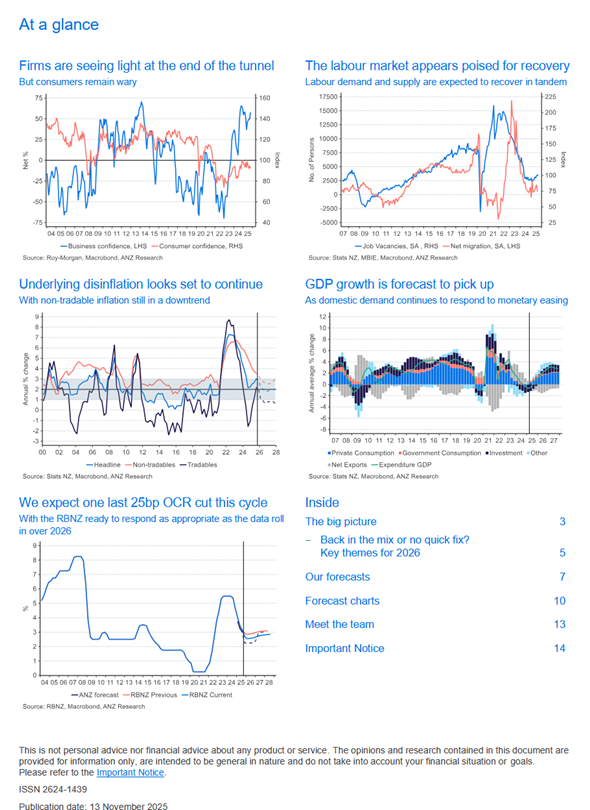Our monthly newsletter endeavours to give you insights in to changes and trends we are seeing in the market or industry.
Tabak Newsletter
The Year in Review
As we move into the silly season, it seems appropriate to review 2025 year, given that it was not quite the “Thrive in 25” outcome that some pundits were predicting.
In summary, we cannot complain. Whilst the phones have occasionally been a little quiet, Tabak has still achieved our third best level of sales for this time of the year, over the last six years. There has been activity throughout the country with sales from Auckland down to Central Otago & the Lakes District.
Our team is constantly out and about networking and key trends that are very clear leading into 2026 include:
- Banks are ready & willing to lend on sensible opportunities
- “Green shoots” and increased activity are clearly trending upwards at the various ports around NZ
- Most economists are predicting a more buoyant 2026
- Net migration may just be starting to turn the corner
- Many of the liquidations & receiverships seen this year are simply a catch up from the “light touch” which was exercised by the IRD through the Covid times
- The primary sector is driving the economic recovery
For a small country, NZ still remains very regional, and some areas appear to be economically more resilient than others. The South Island seems to have its “mojo” back and Canterbury in particular is benefitting from comparatively affordable housing and plenty to see & do, with most EQ infrastructure rebuild nearing completion.
The graph below is taken from the Nov 25 ANZ Economic Outlook and graphically shows the positive elements for 2026.
There are plenty of opportunities in the attached and we hope to do business with you next year.

Graph Credit: Nov 25 ANZ Economic Outlook
Damien Fahey; Partner
Tabak Business Sales, Tauranga
